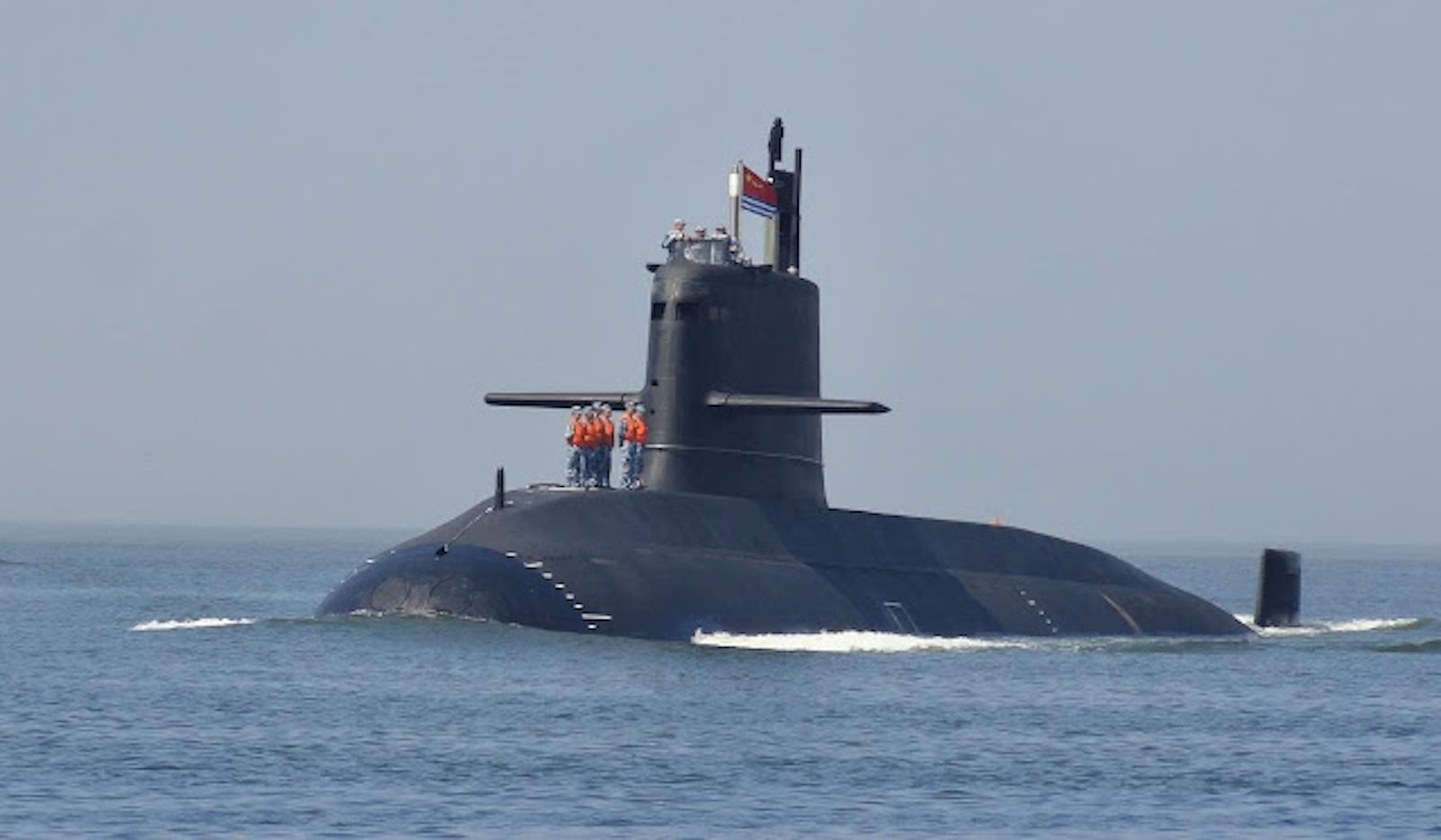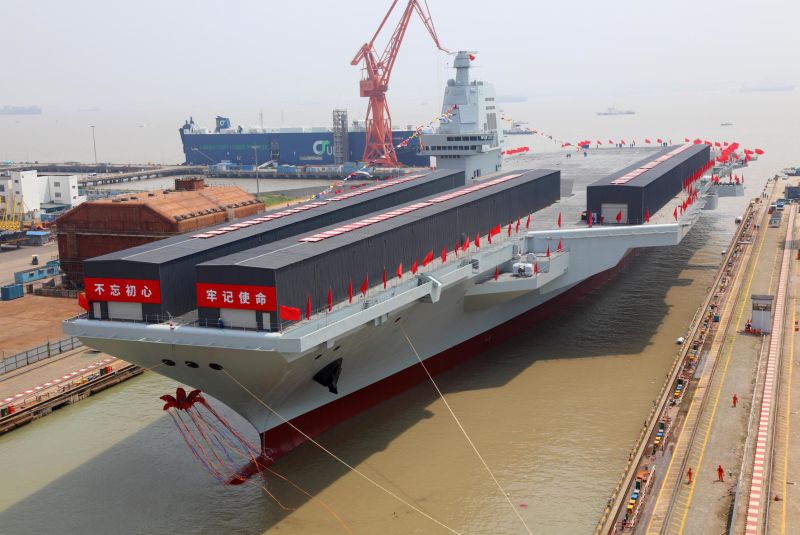beijingwalker
ELITE MEMBER

- Joined
- Nov 4, 2011
- Messages
- 65,195
- Reaction score
- -55
- Country
- Location
Who should build Australia’s submarines? The US doesn’t have the workers
BY DOV S. ZAKHEIM, OPINION CONTRIBUTOR - 01/20/23 10:00 AM ETSometime in March, the three AUKUS signatories — Australia, the United Kingdom and the United States — are supposed to have reached agreement on, in the White House’s words, “the optimal pathway for an Australian conventionally-armed, nuclear-powered submarine capability.” How that is to be done is a major issue, however. For the United States, in particular, the question of how to provide Australia with such a capability could conflict with its need to provide sufficient submarines to bolster its own deterrent against actual and potential adversaries.
Speaking at a conference in November 2021, Rear Adm. Doug Perry told his audience that “we are currently forecast to sustain a force of 50 SSNs throughout this decade, and that’s almost a 20 percent improvement over previous assessments.” Perhaps his statement was intended to relieve concerns that the submarine force would not decline below 50 boats, and thereby allay concerns about the credibility of a strong American deterrent. It is questionable whether he achieved his objective, however.
The United States currently confronts an adventurist Russia, an aggressive China and a hostile North Korea. Given these multiple threats, it is arguable that the projected submarine force level is still far too low. Indeed, during the height of the Cold War, when China was Washington’s ally, North Korea’s missile program was still nascent, and the Soviet Union was America’s primary — and sole — major adversary, the Navy submarine force level was nearly twice as much as that which Adm. Perry forecast. From 1982 to 1991, the Navy operated over 90 submarines. In 1987, that number reached 98 boats.
Current plans call for the submarine force to reach at least 66 boats by 2051; at the same time, however, senior defense officials worry that China could attack Taiwan at least two decades before that date. Most analysts agree that submarines are among the most powerful deterrents that the United States can wield against Chinese aggression in East Asia. Given the other threats it confronts, however, the United States is not in a position to devote its entire submarine force to deterring China. There is thus a strong case for increasing annual production of Virginia class attack submarines to fulfill these other worldwide missions.
Yet Adm. Perry’s assertion regarding the 50-submarine minimum, and certainly the goal of achieving a 66-submarine force, begs the question of how America’s shipyards could fulfill the Navy’s requirement. To maintain a steady-state force of 50 submarines, the shipyards must produce two boats annually. Currently they produce fewer than 1.5 each year. Moreover, if Congress were to provide funding for the construction of three boats each year, it is not clear where the yards would find the workforce to build them.
There is nothing new about the shortfall in skilled workers required for nuclear-powered submarine construction. Nearly a half-century ago, Adm. Hyman Rickover, father of the nuclear-powered Navy, bemoaned the shortage of skilled fitters and welders for nuclear subs. The situation today is considerably worse, as America is currently in a state of virtual full-employment. Hiring and training new workers is that much more difficult.
It is for that reason that the question of supplying Australia with American submarines has become a major issue on Capitol Hill. Some legislators argue that the United States simply cannot afford to reduce Virginia-class output for its own Navy; others hold a contrary view, though they have been unable to demonstrate from where the needed workers might come.
There may be other ways to implement AUKUS and enable Australia to acquire nuclear attack boats, however. The Australians themselves could be responsible for a considerable portion of what is termed HM&E — the hull, mechanical and electrical elements of the submarine. Australia’s HM&E could include, among other things, the hull itself, navigational systems, pumps, motors, valves, electronics, fire-fighting and damage control and heating, ventilation and air conditioning (HVAC). American experts in nuclear submarine construction and safety could provide support and oversight.
Either the British, or for that matter the French — who were left out of AUKUS but could be brought in — could provide for the nuclear reactor and its components. Either state could sell Australia some weapons systems, as well. Alternatively, Australia could acquire British submarines, or there could be a division of labor between the British and the French. In any event, the United States should take the lead both in providing command, control, communications and combat systems and other specialized capabilities, and in ensuring interoperability with its own submarine force.
While it may be possible to find a solution to the question of the source for Australia’s nuclear attack submarine force, that does not resolve the question of how to find more nuclear skilled shipyard workers for American submarine production. To that end, Congress should consider plans to subsidize training and perhaps provide special bonuses to attract individuals to join the nuclear workforce. Doing so might enable the Navy to ramp up its annual submarine production.
One thing is clear, however: A nuclear-powered attack submarine force half the size of what it was when America faced only one adversary simply will be insufficient to address the multiple, and potentially simultaneous, threats America faces today. Modern submarines may be far more capable than their predecessors, but no ship can be in more than one place at one time. Quantity remains a quality all its own.

Who should build Australia’s submarines? The US doesn’t have the workers
Sometime in March, the three AUKUS signatories — Australia, the United Kingdom and the United States — are supposed to have reached agreement on, in the White House’s words, “the optimal pathway fo…









